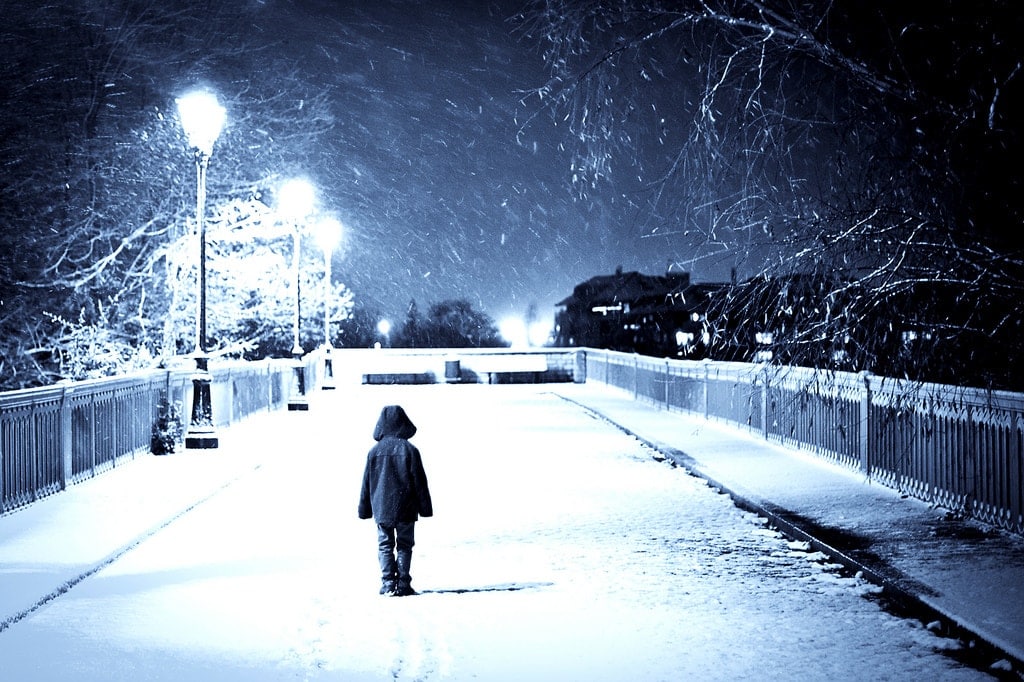The associations and sensations that certain situations, colors, shapes, lights or times of the year produce in us are curious. If they talk to us about spring we think of pure life, if they talk to us about darkness we think of mystery, fear or negativity, if they tell us white we think of purity, light and innocence, if they tell us green we think and smell nature, if they talk to us about autumn we enter in the melancholy that precedes the introverted sadness of winter, so different from the extroverted atmosphere of summer.
All these deep and universal associations are part of our identity with the same intensity as our origin, culture or nationality. It is part of us and our way of conceiving the world around us, and consequently of our way of representing it.
EMOTIONS TRANSMITTED BY WINTER
Obviously there is always a component of its own and inherent to each one of us, our experiences and of course the climate that each of us lives in our corresponding countries. Living with 22 hours of darkness a day at -18º is not the same as having winters of 12º with a good 12 hours of light a day, right? The important thing is to be able to convey the emotion that inspires us in our own images.
For that, you always have to ask yourself before starting to photograph, what does winter represent for you? Loneliness, cold, mystery, sadness, home, family, happiness...? How to represent it in order to convey the emotion it represents for us?
TECHNIQUES TO CONVEY EMOTIONS IN WINTER PHOTOGRAPHY
For this article I will base myself on my winter, which is the one I know, and which can always be radicalized towards a slightly colder or warmer side ?
CLIMATIC CONTRAST
You can represent the cold through scenes in which the cold is reflected (snowy streets, warm people, etc.) but you can also represent the cold by portraying a warm and cozy room prepared to combat the cold winter outside. A burning fireplace, a window with fogged up windows due to the difference in temperature, a cozy blanket on a sofa, or a cafeteria with warm lights photographed from the street generate, through contrast , increased sensations of cold or heat as they oppose each other. with the others.
NEGATIVE SPACE
It is part of the composition techniques, and it is nothing more than the space that already surrounds our center of interest without providing relevant information, helping it to stand out as opposed to a "flat" background. This type of composition through negative space can transmit a feeling of loneliness, isolation, peace or calm , very much in line with the feelings of isolation or loneliness that winter can transmit to us.
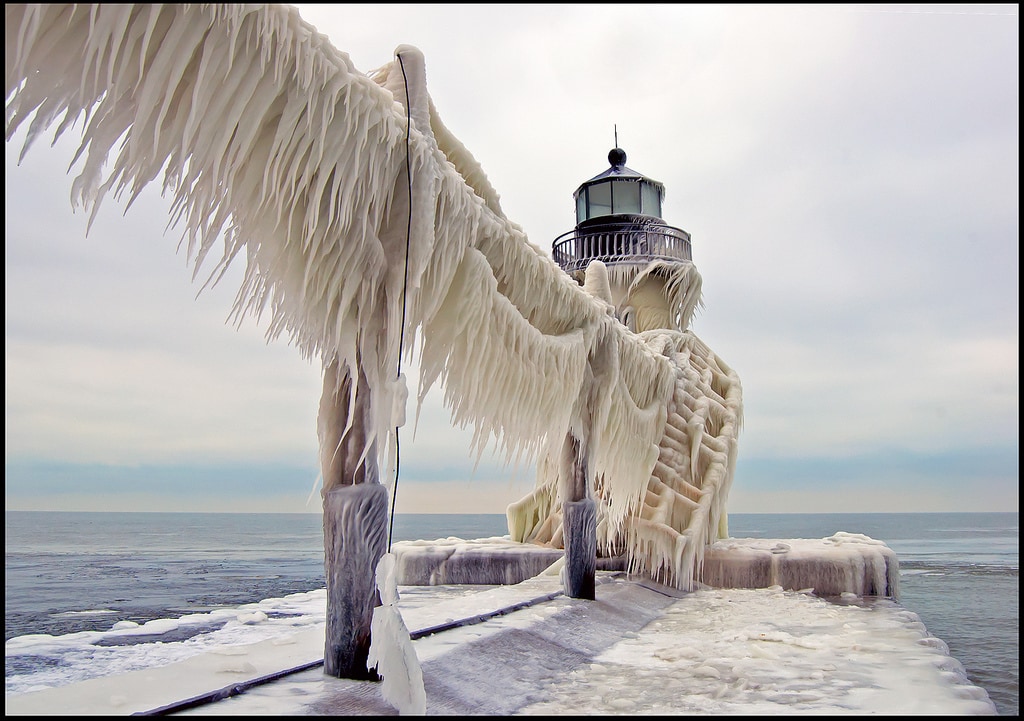
THE FOG
Fog has always seemed magical to me, capable of transmitting unique , mysterious sensations of isolation, fear, cold and loneliness. If you have a place nearby where morning mist condenses or if you come across them by chance while driving, do not hesitate to take a photo session in the mist, you will have very exciting results. To be well prepared for a chance encounter with fog, read this comprehensive article that perfectly explains everything you need to know about fog photography.
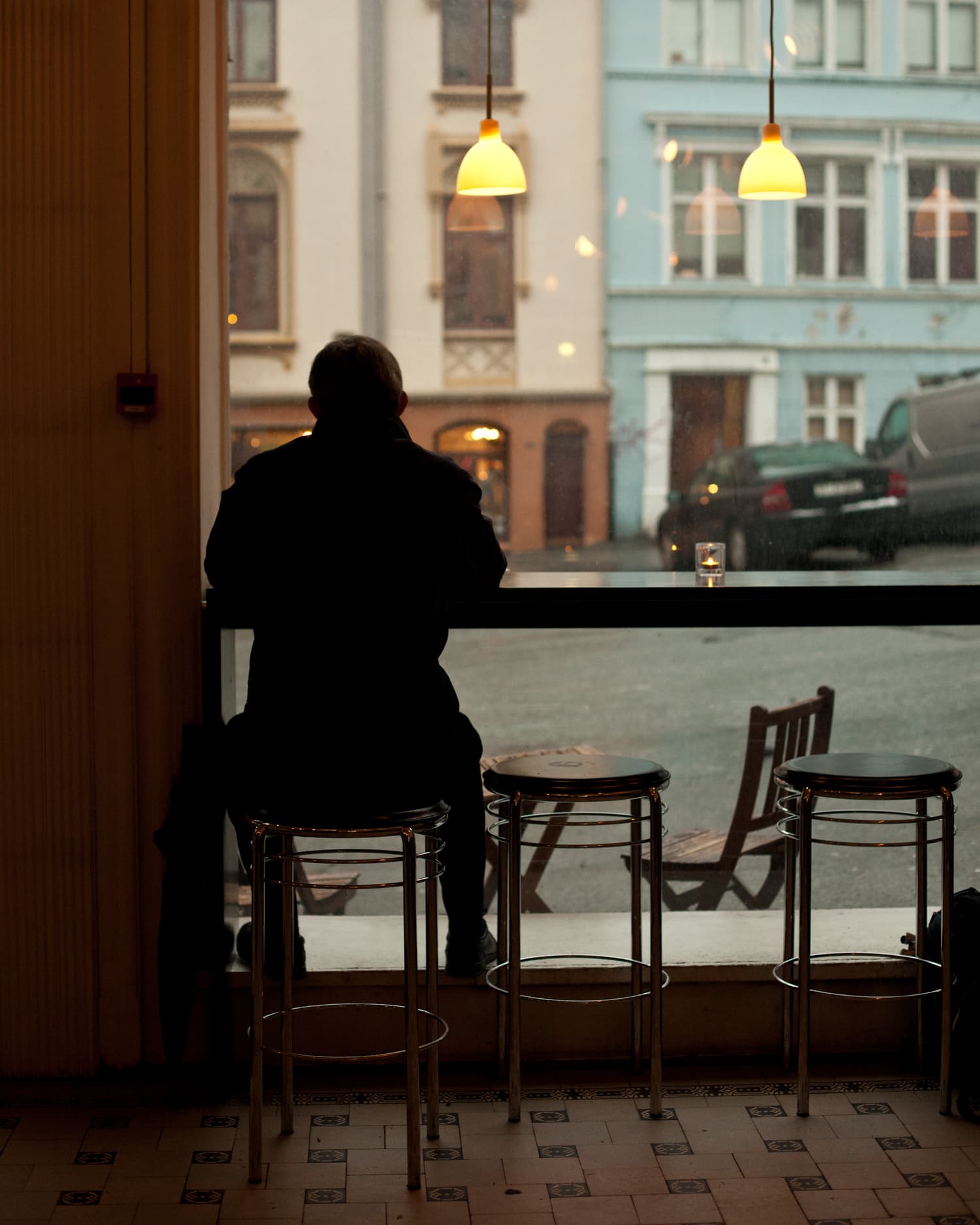
COLORS…
They are one more compositional element, very useful for transmitting emotions, because as you well know, the colors are divided between cold tones (blues, greens, violets...) and warm tones (oranges, yellows, reds...), each transmitting sensations of cold or hot according to the group they belong to. You can combine them with each other to generate contrast (a red fruit standing out in a snowy landscape) or play with similar tones between them to convey warmth or coldness, closeness (warm) or distance (cold).
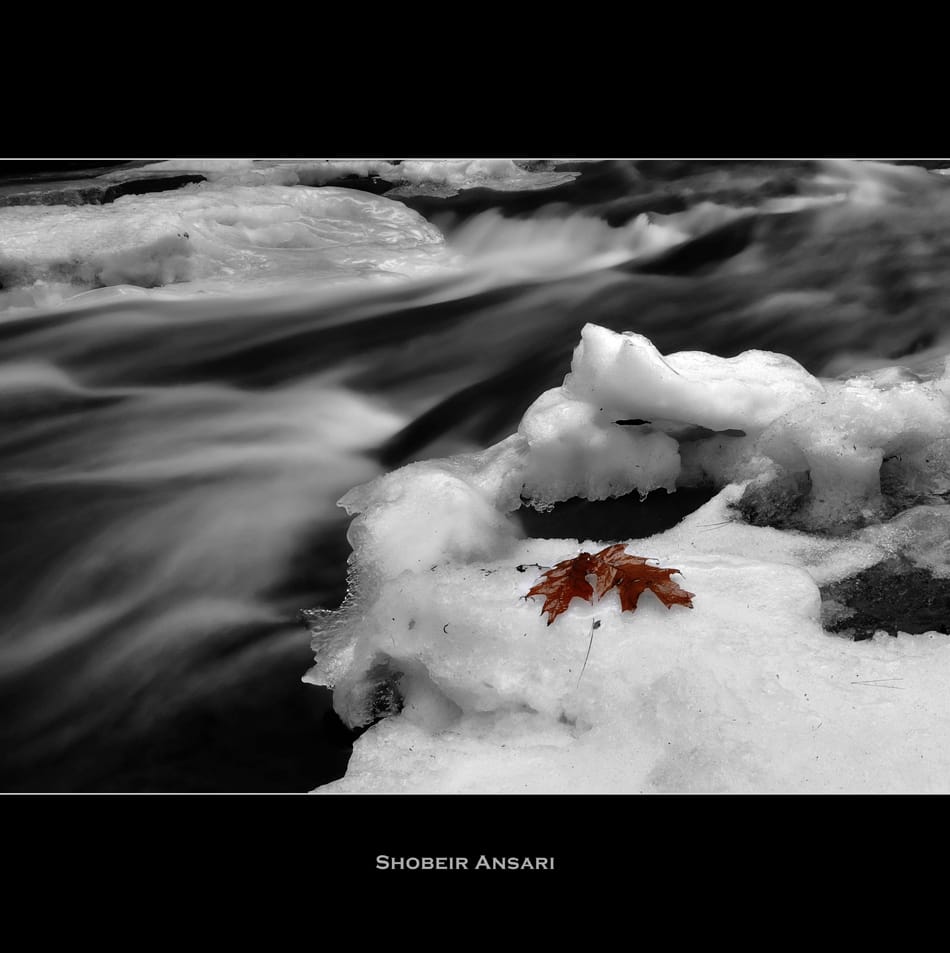
…OR LACK THEREOF
In winter the colors tend to be less vivid, more subdued than at other times of the year, leaving many scenes practically reduced to black and white . Take advantage of winter to enhance and take advantage of the sensations emanating from monochrome photographs: Simplicity, formality, introspection, loneliness, symbolism are just some of the sensations associated with black and white photography.
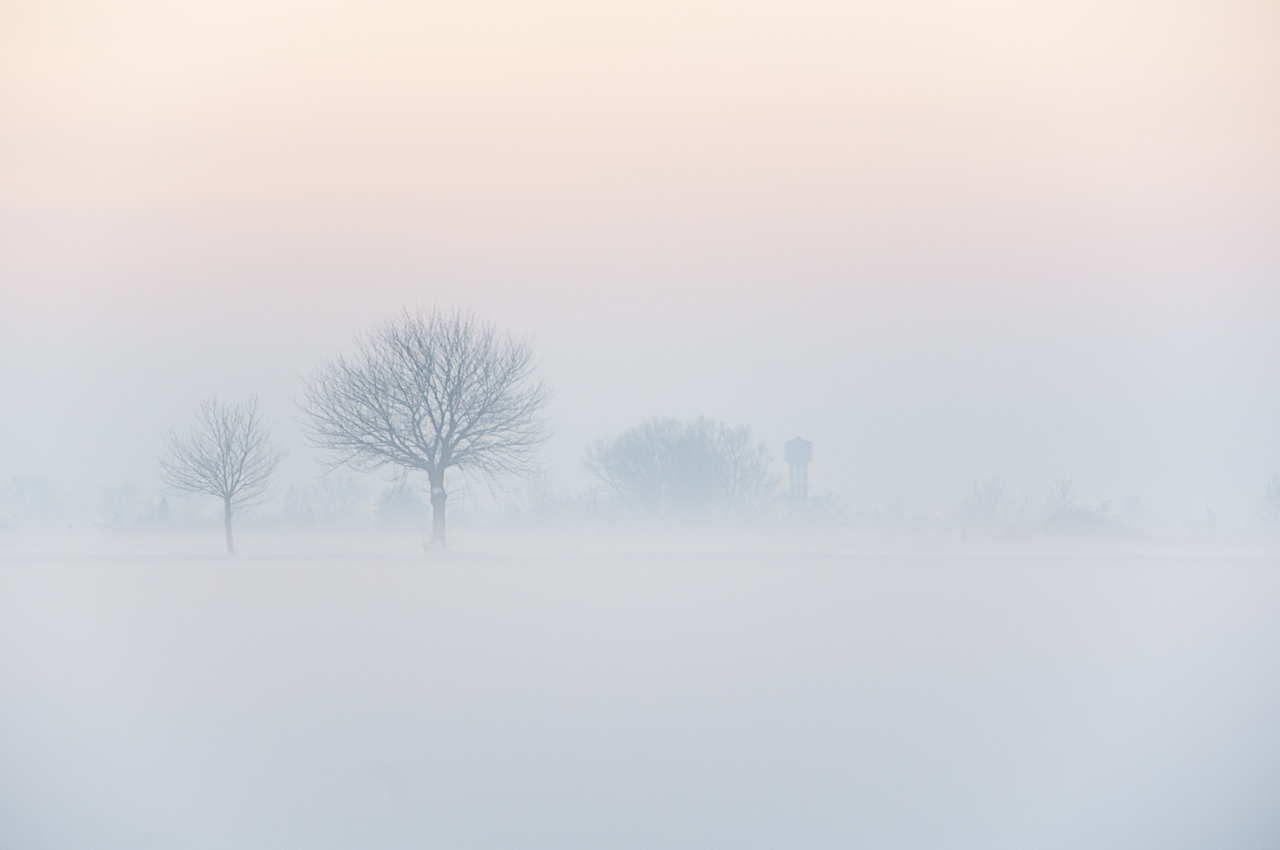
THE LIGHT
If you are a good observer or passionate about light, you will have noticed that the light in winter has a different tone, dimmer, colder, softer. It is a type of light that therefore transmits different sensations to the hard or warm lights of other seasons of the year. If you like portraiture, take advantage of these soft and diffused lights on cloudy winter days to obtain more homogeneous lighting and apply it to your photos.
CHRISTMAS MAGIC
Do not forget that in winter it is also Christmas (or any winter celebration that takes place in your culture), full of magic, traditions, family, memories, longing for those loved ones who are far away or who simply are no longer there. . Practice the portrait of your emotions beyond the typical family photo. Search in the detail of their looks, in their gestures, in their smiles or in their lost glances. Look for the emotion in the eyes of the children around you when magic invades them, the impossible, when they look without blinking at a parade of kings, or at Santa Claus, when they open a present, when they recite a poem, sing a song, or listen to a magical story around the fire.
Winter is a season of contrasts , very hard for some people, very sweet for others, it has the ability to transport us to the saddest, most introverted and lonely environments and at the same time to the most magical, warm and joyful. In winter daylight hours are scarce, everything seems asleep, people run from one place to another escaping the cold, the contrast between inside and outside is extreme, and all of this leaves us with unique scenes full of emotion that we can take advantage of to get unique images . . So I hope you are encouraged to go out and photograph the magical scenes that the winter light gives us and its unique settings, because if you give it a chance, I assure you that you will not be disappointed ?
Oh, and if you liked it and you think someone else might be interested in transmitting winter emotions, share it on Facebook, Google+ or Twitter. Thank you and until next time ?

